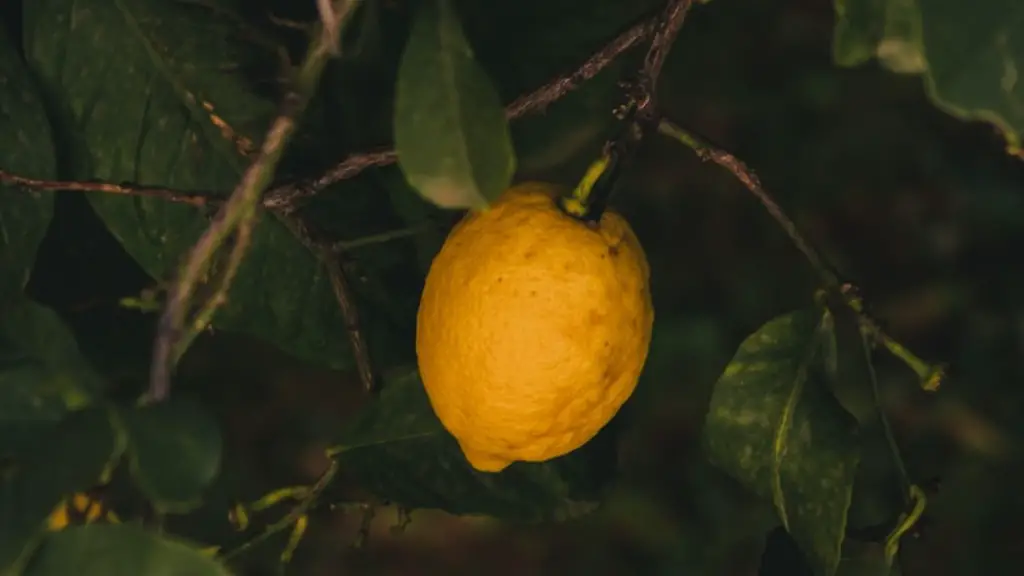Is a Palm Tree a Tree or a Plant?
A palm tree (Arecaceae) is a member of a family of monocotyledonous flowering plants. The family includes over 2,600 species in 190 genera, the majority of which are palms. The question of “Is a palm tree a tree or a plant” has been around for many years. While some people may think of it as just another type of plant, others may consider it a tree. This article will discuss the different aspects of palm trees, including their classification, characteristics, uses, and more.
Palm trees belong to the Arecaceae family of plants, which is a diverse group that includes climbing, epiphytic, and xerophytic varieties. This family differs from other botanical families, such as the Fagaceae, in several ways. Unlike the Fagaceae, Arecaceae are predominantly woody and can reach a great height, making them trees by definition. The Arecaceae family is also characterized by having pinnate leaves, compound inflorescences, and drupaceous fruits.
Palm trees are found in tropical and subtropical regions of the world, including parts of Africa, Asia, South America, and the Caribbean. They grow best in sandy, well-draining soils and generally prefer warm temperatures, although some species have adapted to live in harsher environments. Palms are incredibly diverse, with some species reaching heights of 30 meters and others as small as 1 meter.
Palm trees have many uses in the modern world, from providing food to their use as ornamental decorations. The edible fruits of some species, such as the oil palm, coconuts, and dates, are staples in many diets worldwide. By-products from oil palms, including palm oil and palm kernel oil, are used extensively in processed foods and cosmetics. Other species are cultivated for their attractive foliage, with some even being used in landscaping. The trunks and leaves of palm trees are used to make a variety of different baskets, mats, and furniture in many cultures.
The classification of a palm tree as a tree or a plant has been debated for many years. While they are certainly woody plants and can reach great heights, they also lack many characteristics associated with trees, such as bark and secondary growth. Ultimately, how a palm tree is classified is down to personal preference, but botanically speaking, they are considered a tree.
Uses of Palm Trees
Palm trees offer a wide variety of uses for both humans and wildlife. Many species of palm are grown not only as ornamental plants, but also for their edible fruits. The oil palm, coconuts, and dates, for example, are all wealthy sources of vitamin A, thiamin, and folic acid. The leaves of some species, such as the coconut palm, are used to make baskets, mats, and furniture. Other species are used for lumber and other building materials. Palm oil is also used in many hygiene and cosmetic products, such as soap and lipstick.
Furthermore, palm trees provide a valuable habitat for a range of wildlife, including birds, lizards, monkeys, and bees. These species feed on the fruits and leaves of palm trees and use them to build nests and shelters. In addition to this, palm trees are a valuable source of nectar for many pollinating insects.
Cultivation of Palm Trees
There are several steps which need to be taken when cultivating palm trees. This includes selecting a suitable species, preparing the soil, pots, and container, planting the seed, and providing adequate care and maintenance. The location of the tree must also be taken into consideration, as some species prefer full sun while others will grow best in partial shade.
In order to plant the seed, it is first important to remove the husk and store the seed in a warm, moist environment for 9-12 months prior to planting. After this, the seed can be sown in a sandy soil mix in a pot or outdoor container. The ideal temperature range for germination is between 30-35°C. Once germinated, the seedling should be cared for during its early stages of growth. This includes providing regular irrigation and fertilization, controlling pests and diseases, and regular pruning.
Pros and Cons of Palm Trees
Palm trees offer a range of benefits but there are also some drawbacks. The most significant advantage of these trees is their ability to provide nutritious edible fruits and to offer a range of uses for humans. They also provide an important habitat for wildlife and can be a beautiful and unique addition to any garden or landscape. However, there are a few potential downsides to having these trees on your property.
For instance, they can become a source of noise, dust, and pollen, as well as attract a variety of pests such as ants. Furthermore, some species can attract aggressive birds, lizards, and snakes, which can be potentially dangerous. Additionally, palm trees require a great deal of maintenance, including regular pruning and irrigation. This can be time-consuming and potentially costly.
Disease and Pests Affecting Palm Trees
Unfortunately, palm trees are susceptible to a range of disease and pest infestations, which can cause considerable damage and even death. Common pests include caterpillars, thrips, whiteflies, scale insects, mealybugs, and nematodes. Diseases affecting these trees include root rot, fungal diseases, and nutrient deficiencies.
To protect palm trees from pests and diseases it is important to regularly check for signs of infestation, such as discoloration or wilting leaves. If signs of an infestation are spotted, it is important to take immediate action to identify and treat the problem. This may involve applying insecticides or fungicides, depending on the cause of the infestation.
Factors Affecting the Lifespan of Palm Trees
Palm trees can live for many years under the right conditions. Factors that can affect their lifespan include climate conditions, soil composition, water supply, and disease infestations. In general, palm trees tend to be more resilient in areas with well-draining, nutrient-rich soils, adequate water supply, and temperature ranges between 16-30°C. Disease infestations, pests, and improper care can all lead to premature death in these trees.
Furthermore, certain species of palm trees have a naturally short lifespan. For example, the sago palm has an average lifespan of 15-20 years, while the Californian fan palm can live for up to 150 years. Ultimately, the average lifespan of any given species is influenced by numerous environmental factors, and therefore can vary significantly.
Conclusion
In conclusion, palms are woody plants that are classified as trees, but they are quite different from other types of trees. They are highly adaptive and can provide a range of benefits to both humans and wildlife. It is important to understand the cultivation and maintenance requirements of these trees, as well as the potential pests and diseases that can affect them. With the right care, a single palm tree can potentially live for many decades.



